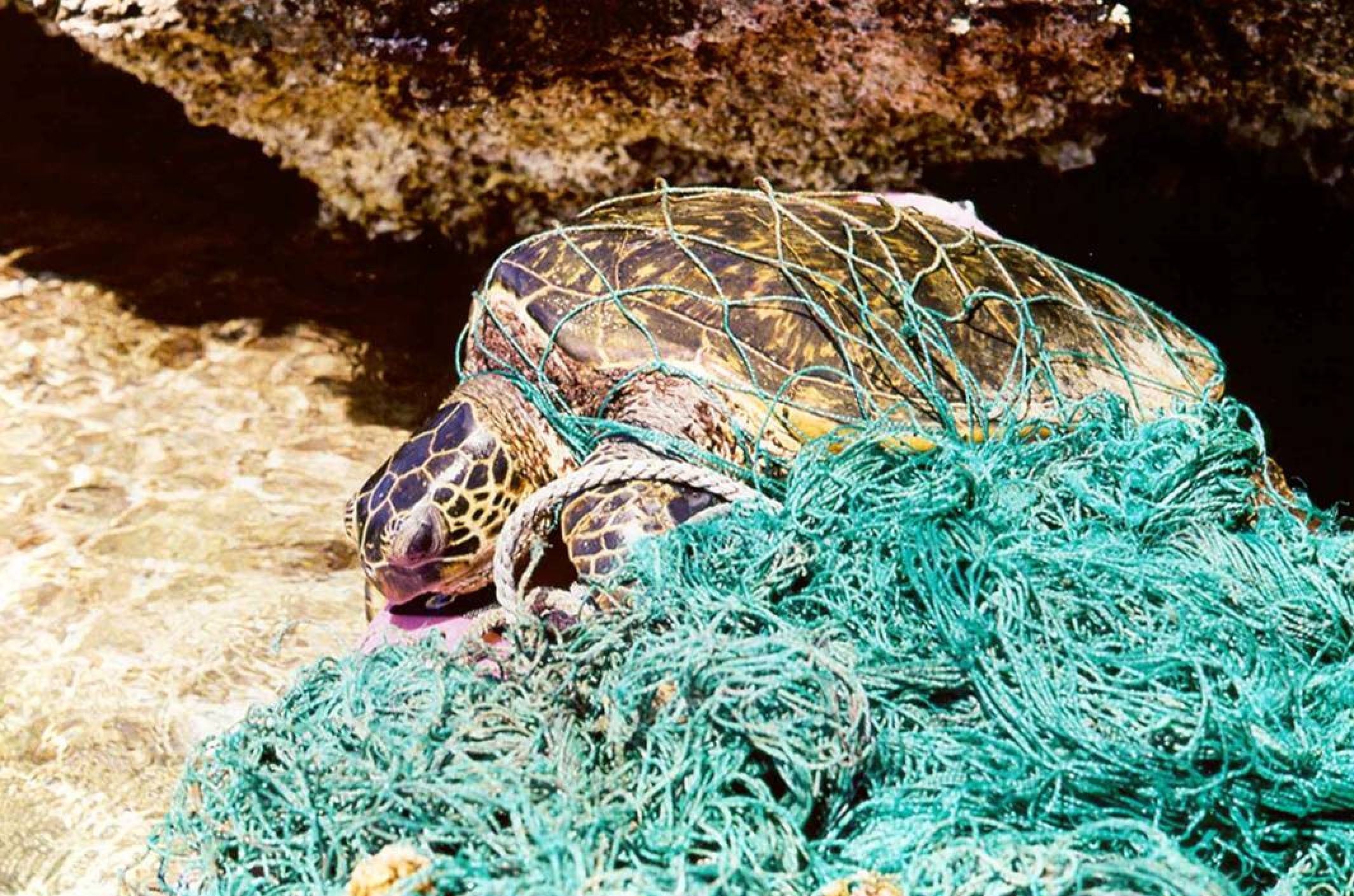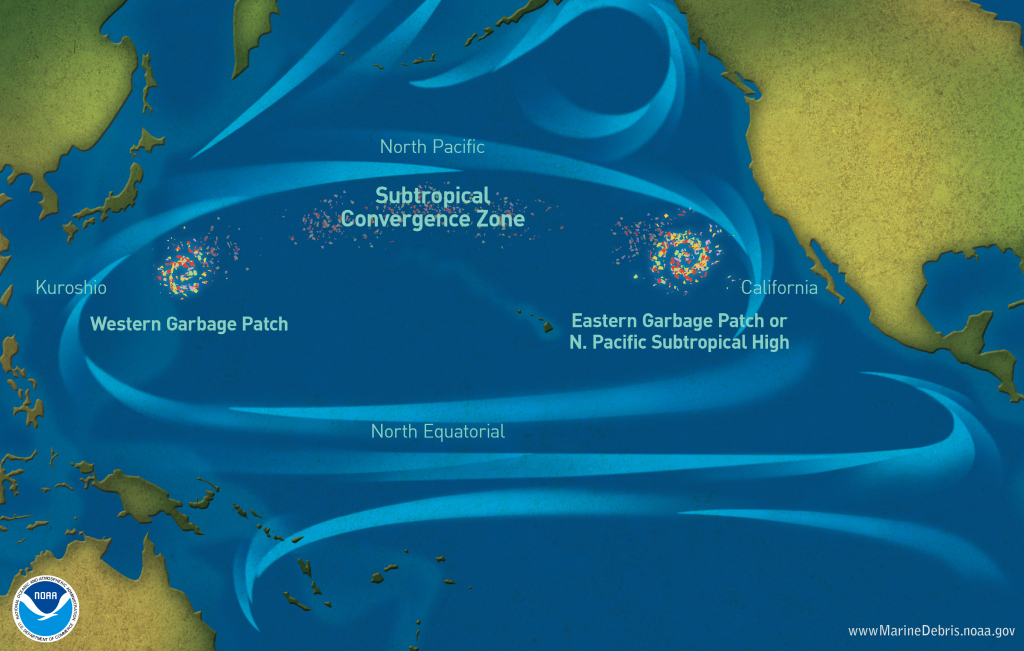The Great Pacific Garbage Patch is something most of us have heard of by now. In case you haven’t, here’s the story.
As humans, we are consumers. We spend our days eating out, buying new clothes, electronics and various other items that make our lives easier and more sustainable.
Many people often do not notice all the waste these products accumulate, nor do they question where all of this waste is going. When we are done with something, we just throw it away. But where is away?
Every state, region and city may have different plans for where your trash goes, but the majority of the U.S. sends their trash to a landfill. However, we are running out of land to pile our waste onto, and it has begun swimming in the ocean.
The patch is located in the North Pacific Ocean, roughly between San Francisco and Hawaii. The patch is not so much one big floating island of trash, but rather a large area consisting of smaller pockets of trash. The Great Pacific Garbage Patch is now two times larger than the size of Texas, with plastic and debris floating over an area of more than 600,00 square miles of water.
Due to the consumption of plastic rising globally every year, the patch continues to grow. The current consumption of plastic around the world totals to about 320 trillion tons, and we are constantly adding to this number.
 According to Planet Aid, humans have consumed more resources in the past 50 years than in history. Regardless of size or numbers, man made debris does not belong in our waterways, and we must do something about it.
According to Planet Aid, humans have consumed more resources in the past 50 years than in history. Regardless of size or numbers, man made debris does not belong in our waterways, and we must do something about it.
There are many organizations with a mission to clean up our oceans. The garbage patch has grown to such an immense size it will be nearly impossible to remove all the waste. The only way to prevent our oceans and marine life from becoming devastated with our waste is to act now. If everyone began being more aware and mindful of their plastic consumption we could avoid further damage.
We need to think more objectively and make strides to ensure we are limiting our plastic consumption and recycling. Recycling reduces the need for more landfills as well as keeps the price of the products we consume lower because new material does not need to be made.
Many people think recycling is inconvenient, and don’t want to put in the effort. All you have to do is separate waste from reusable products. Is that too much to ask to help save the planet?
Beach vacations will become less desirable when there is trash washed up on them, and what we consume on a daily basis could change drastically if we don’t act now to keep our oceans clean. We should not only be aware and care about the Great Pacific Garbage Patch, we have to do something about it. Think globally, act locally.
Kali Macklin
Reporter


